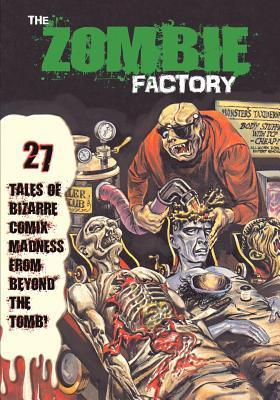What do you think?
Rate this book


Now, for the first time in over thirty years, IMP proudly unearths these gruesome tales from the pages of TERROR TALES, TALES FROM THE TOMB, TALES OF VOODOO, and THE WITCHES' TALES to release them on monster and comic fans alike.
"Nightmares and art meet in classic form. . . these comics will show you the meaning of fear!" -- Frank Schildener, THE RIGHT HAND OF DOOM: A STUDY OF HELLBOY
196 pages, Paperback
First published June 15, 2007